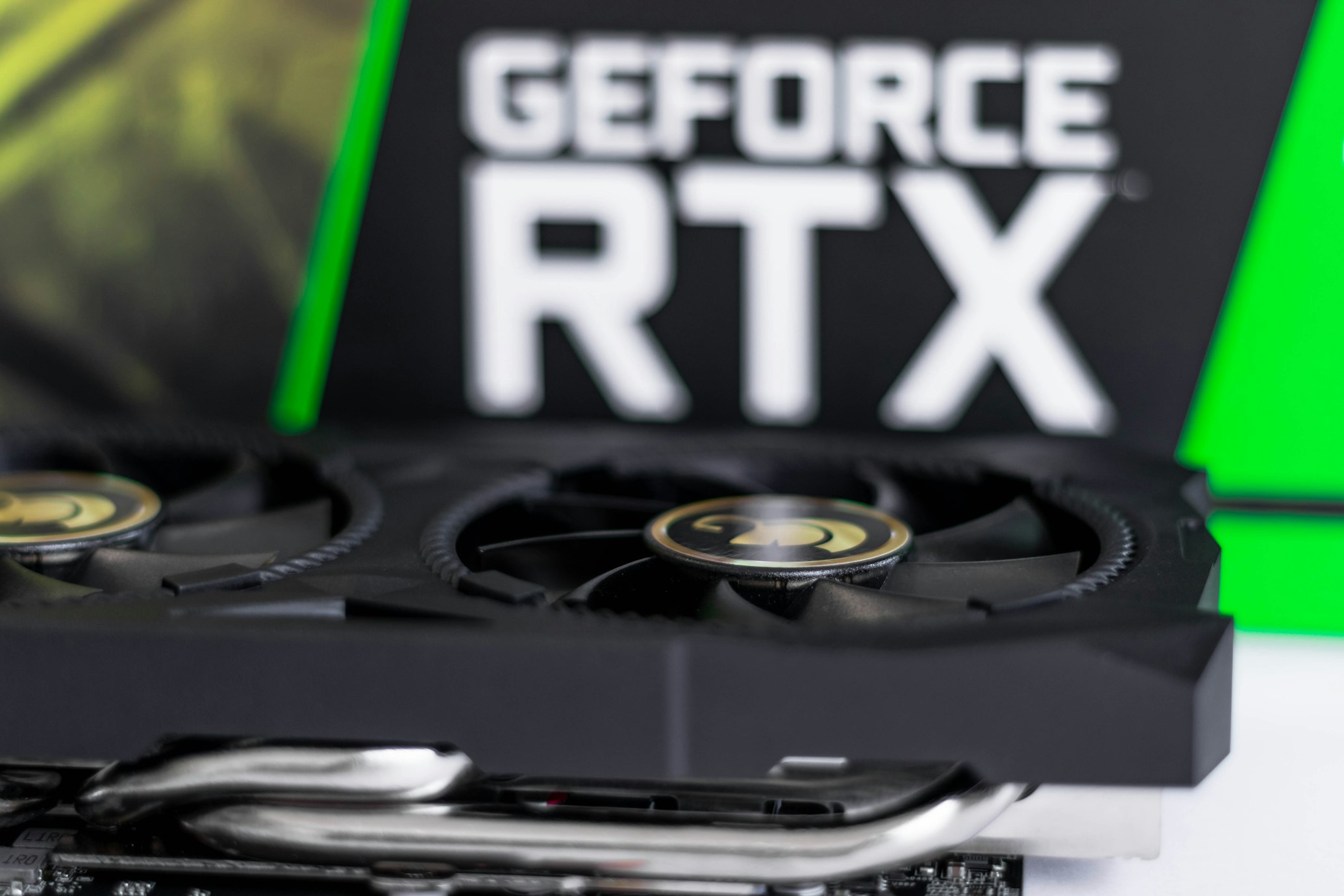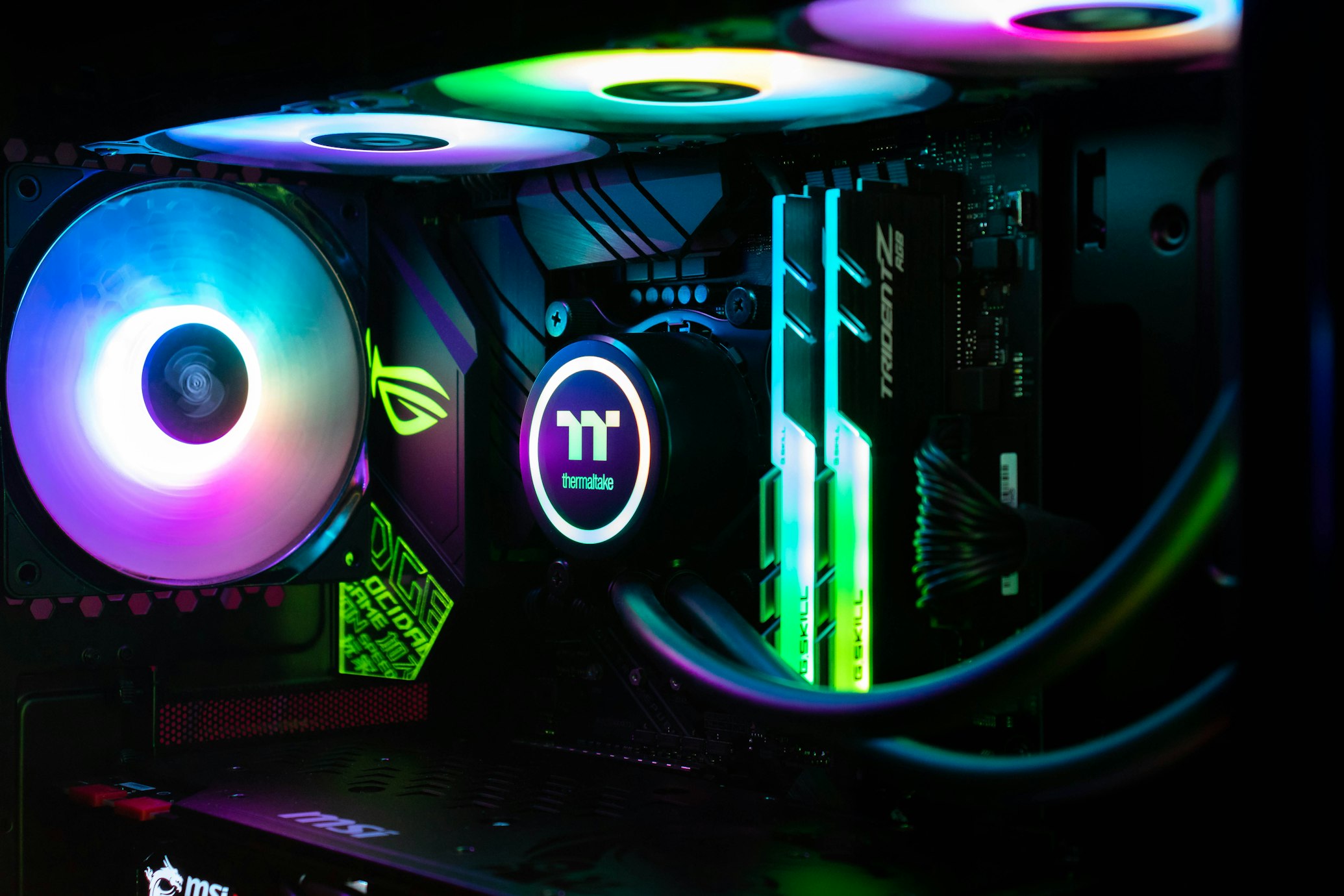If you’re an avid PC gamer or a professional who relies on a high-performance computer, chances are you have an Nvidia graphics card in your rig. Nvidia has a stellar reputation for producing top-of-the-line GPUs that deliver exceptional graphics and performance. However, like any piece of hardware, Nvidia graphics cards can encounter issues, one of the most common being the dreaded black screen after installing a new driver. But fret not, because we’ve got your back. In this comprehensive guide, we’ll walk you through How To Fix Black Screen after Installing Nvidia Graphics Driver in Windows and get your Nvidia graphics card running smoothly on your Windows system.

How To Fix Black Screen after Installing Nvidia Graphics Driver in Windows
Before we dive into the solutions, it’s crucial to understand the potential causes of the black screen problem. Pinpointing the root cause will help us apply the most effective fix. Here are some common culprits:
1. Driver Compatibility Issues
Sometimes, the new Nvidia driver might not be fully compatible with your system or the games you’re running. This can result in a black screen upon startup or during gameplay.
2. Incorrect Installation
Mistakes can happen during the driver installation process. Even a minor error can lead to display issues.
3. Corrupted System Files
Corrupted or missing system files can interfere with the proper functioning of your graphics card.
4. Hardware Problems
In rare cases, the black screen might be due to a hardware malfunction, such as a faulty GPU or power supply.
Now that we’ve identified the potential causes, let’s delve into the solutions.
Solution 1: Roll Back the Nvidia Driver
- Press
Win + Xand select “Device Manager.” - Expand the “Display adapters” category.
- Right-click on your Nvidia graphics card and choose “Properties.”
- Go to the “Driver” tab and click “Roll Back Driver” if the option is available. This will revert to the previous driver version.
Solution 2: Clean Install the Nvidia Driver
- Download the latest Nvidia driver from the official website.
- Use a tool like Display Driver Uninstaller (DDU) to completely remove the current driver.
- Install the downloaded driver, following the on-screen instructions.
Solution 3: System File Checker (SFC) Scan
- Press
Win + Sand type “cmd.” - Right-click on “Command Prompt” and select “Run as administrator.”
- Type
sfc /scannowand press Enter. Wait for the scan to complete and follow any repair prompts.
Solution 4: Check for Hardware Issues
If none of the software solutions work, it’s time to investigate potential hardware problems. Consider the following steps:
- Ensure that your GPU is properly seated in its PCIe slot.
- Check the power connectors and make sure they’re securely attached.
- Test your GPU in another system if possible to rule out hardware issues.

Final Words
By following these steps and keeping your Nvidia graphics drivers and hardware in top shape, you can bid farewell to the black screen issue and enjoy smooth, uninterrupted gaming and productivity on your Windows system.









